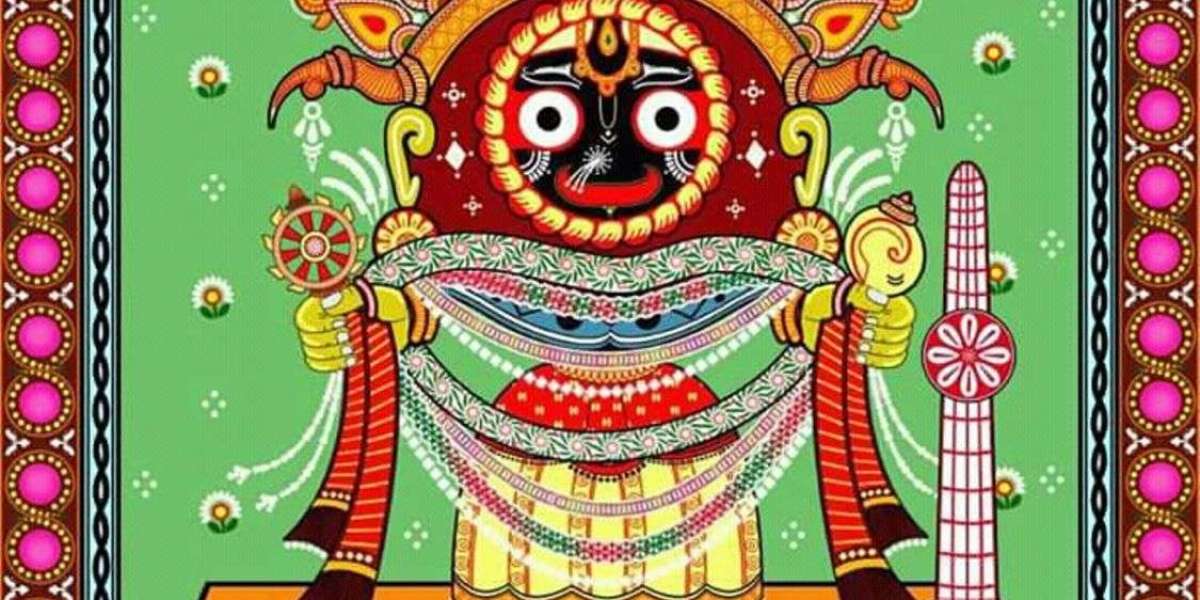Traditional art refers to art forms that have been passed down through generations, preserving cultural identity, history, and values. It encompasses a wide range of mediums, techniques, and styles that have evolved over centuries, deeply rooted in the customs and practices of different societies. Whether through painting, sculpture, textiles, or ceramics, traditional art reflects the essence of a community's worldview, beliefs, and way of life.
One of the most significant aspects of traditional art is its connection to heritage. It provides a visual representation of a culture's unique identity, rituals, and folklore. Traditional art often communicates stories, myths, religious beliefs, and the everyday lives of people. For example, the intricate patterns of Madhubani paintings from Bihar, India, depict stories from Hindu mythology, while Warli art from Maharashtra reflects the natural world, agricultural practices, and spiritual beliefs of indigenous tribes.
In India, traditional art is a testament to the country’s diverse cultural landscape. The country’s vast array of traditional art forms ranges from the colorful and geometric Madhubani paintings to the gold-encrusted Tanjore paintings of Tamil Nadu. Pattachitra art from Odisha is known for its intricate depiction of mythological narratives, while the traditional art of miniature painting from Rajasthan portrays royal life and historical events. Each region of India boasts its own distinctive style, using local materials, techniques, and themes.
Traditional painting is perhaps the most well-known form of traditional art. It is created using natural pigments and materials such as earth, plants, and minerals. Techniques vary across cultures, but many involve a detailed process that requires skill and patience. For example, fresco painting involves applying pigments onto wet plaster, as seen in the famous murals of the Sistine Chapel, while tempera uses egg yolk as a binder for pigments, producing vibrant, durable colors. Ink painting, especially prominent in East Asian cultures, emphasizes brushwork and simplicity, focusing on the natural world and the essence of the subject.
In Africa, traditional art serves as a vehicle for storytelling and social commentary. African art is often symbolic, using vibrant colors and abstract forms to convey messages about life, death, spirituality, and nature. Masks, sculptures, and textiles are integral to many African cultures, playing a vital role in rituals, ceremonies, and community life.
One of the most compelling aspects of traditional art is its role in preserving and transmitting cultural knowledge. Traditional art forms are not just aesthetic expressions but also serve as a means of passing down histories, customs, and philosophies. In many indigenous cultures, art is interwoven with storytelling and oral traditions, keeping alive ancient knowledge and practices. As a result, traditional art plays a crucial role in maintaining cultural continuity and resisting cultural erosion in a rapidly globalizing world.








